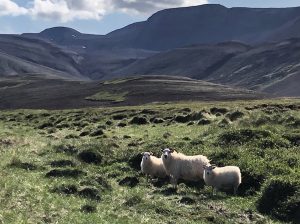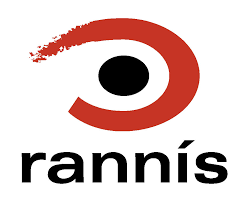Trapped in a degraded state?
Tundra ecosystem responses to grazing-cessation – in a warming climate

Land degradation, often a consequence of human activities, is of global concern. Once an ecosystem has shifted to a degraded state, for example after an extensive period of heavy livestock grazing, excluding grazing may not be sufficient to shift the system back to the original or healthier state. However, the processes that trap ecosystems in a degraded state are not well understood. The aim of this project is to investigate ecosystem processes that slow down or prevent recovery of heavily grazed rangelands following grazing-cessation. More specifically, we will focus on degraded rangeland ecosystems that have not totally collapsed and the role of different plant functional types and soil related processes in retarding or facilitating transitions to a healthier state. Slow responses of such ecosystems following grazing-cessation may be related to the function of the dominating plants that lead to slower decomposition rates and nutrient cycling and lower ecosystem productivity which trap the system in the degraded state. Understanding which processes trap ecosystems in degraded states is a key to sustainable land management plans. We will address the specific research questions through a combination of approaches, from direct observations of relationship between plant functional types and ecosystem processes, to experiments (field and laboratory) and modelling approaches.
Hnignun vistkerfa, sem oftast er afleiðing mannlegra þátta, er vandamál á heimsvísu. Þegar vistkerfi hafa náð háu hnignunarstigi, til dæmis eftir þunga búfjárbeit, nægir oftast ekki að friða þau fyrir beit til að þau nái að endurheimta sitt fyrra, eða heilbrigðara stig. Þeir ferlar sem fanga vistkerfi í viðjum hnignunar eru hins vegar ekki vel þekktir. Markmið verkefnisins er að rannsaka þá vistkerfisferla sem hægja á eða koma í veg fyrir að hnignuð beitilönd endurheimti framleiðnara stig við beitarfriðun. Við munum einbeita okkur að hnignuðum túndruvistkerfum (handan skógarmarka) sem enn hafa ekki hrunið að fullu og hvernig mismunandi virknihópar meðal plantna og jarðvegsferlar kunna ýmist að hindra eða örva endurheimt heilbrigðara stigs. Hæg viðbrögð hnignaðra vistkerfa við beitarfriðun kunna að vera háð eiginleikum ríkjandi tegunda plantna, sem orsaka hægt niðurbrot lífrænna leifa og hringrás næringarefna og litla framleiðni, sem viðheldur þar með hnignunarstiginu. Þekking á ferlum sem fanga vistkerfi í viðjum hnignunar er lykillinn að sjálfbærum landnýtingaráætlunum. Til að svara rannsóknarspurningunum munum við nota fjölbreytta nálgun, allt frá beinum athugunum á sambandi virknihópa plantna og vistkerfisferla, til tilrauna (á vettvangi og í rannsóknastofu) og líkanagerðar.
